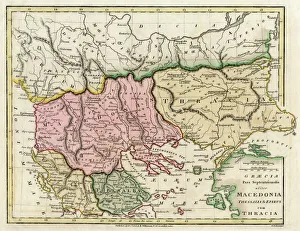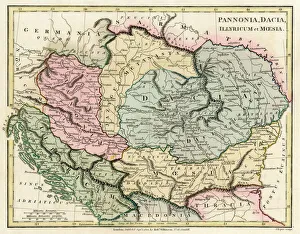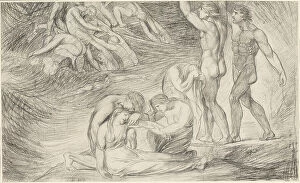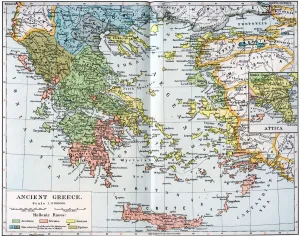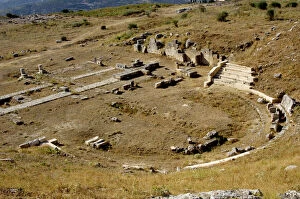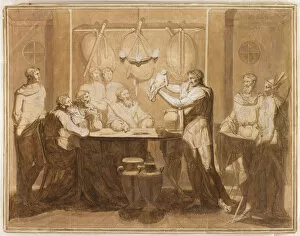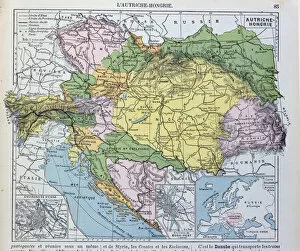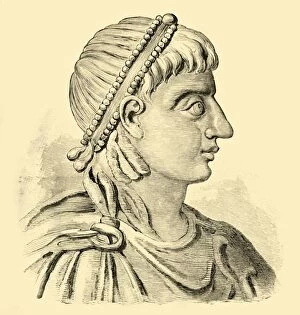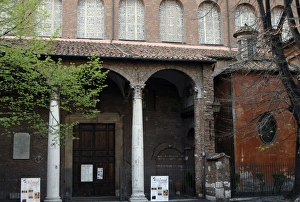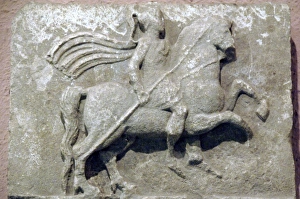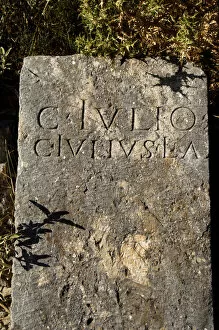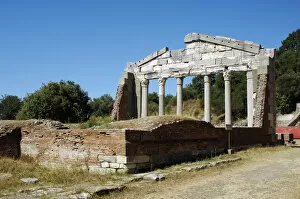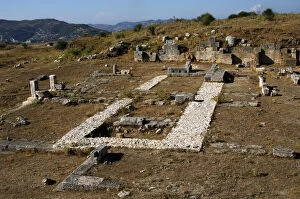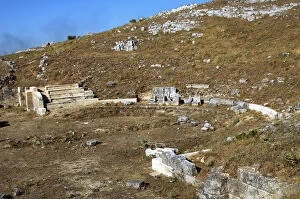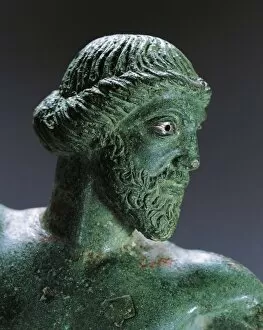Illyria Collection
Illyria, a land steeped in ancient history and rich cultural heritage, has witnessed the rise and fall of mighty empires
All Professionally Made to Order for Quick Shipping
Illyria, a land steeped in ancient history and rich cultural heritage, has witnessed the rise and fall of mighty empires. From the Macedonian and Thracian Empires to the Dacian Empire and Roman provinces, its borders have shifted over time like puzzle pieces on a map. The allure lies not only in its geographical significance but also in its artistic treasures. Greek art adorns this land, with reliefs depicting horsemen from the 3rd century BC found in Apollonia. These masterpieces serve as a testament to the skilled craftsmanship of ancient artists. One cannot overlook the influence of great rulers who left their mark on Illyria's landscape. Justinian, an enigmatic figure from the 6th century, shaped this region during his reign, though his creator remains unknown. His legacy lives on through magnificent structures such as Rome's Basilica of Saint Sabina. As we delve deeper into Illyria's past, we encounter Otto II - King of Germania and Emperor - whose rule brought both prosperity and turmoil to these lands during the 10th century. The remnants of his era can still be explored at Albania's Byllis ruins. Speaking of Albania, it is impossible to ignore two significant archaeological sites: Byllis ruins and Apollonia. These ancient cities whisper tales of bygone civilizations that once thrived within their walls. To truly grasp Illyria's historical tapestry requires examining maps that depict various epochs. A map showcasing Ancient Greece from 1902 reveals how this region was intricately connected with neighboring lands throughout history. Another map showcases the Austro-Hungarian Empire at its zenith—a reminder that Illyria was part of larger geopolitical shifts. Lastly, an enchanting artwork titled "Infant Pyrrhus before Glaucias" captures a poignant moment frozen in time—pen strokes immortalizing a young prince facing an uncertain future.

